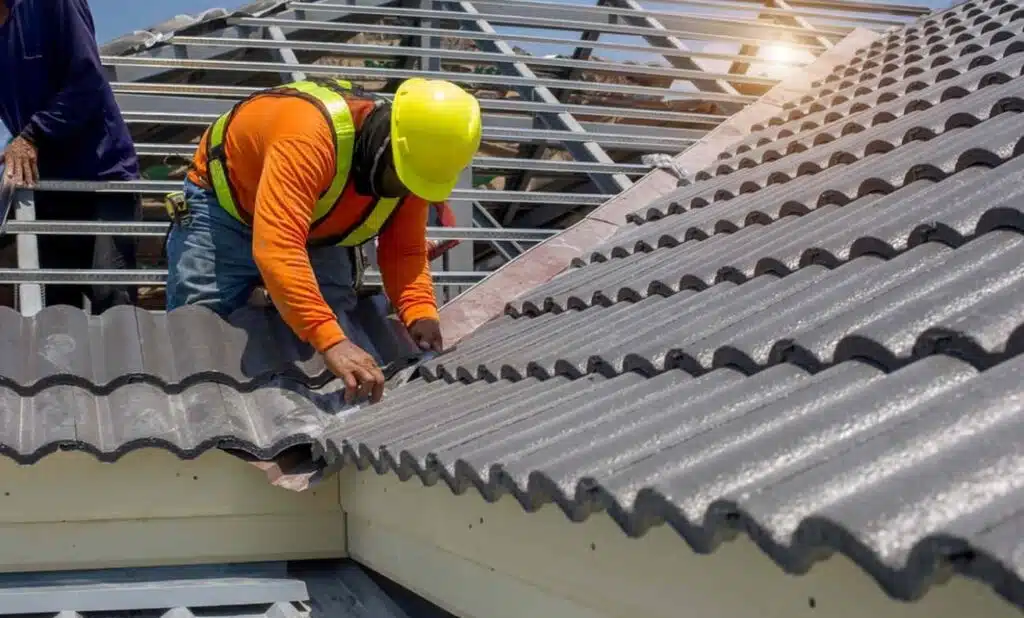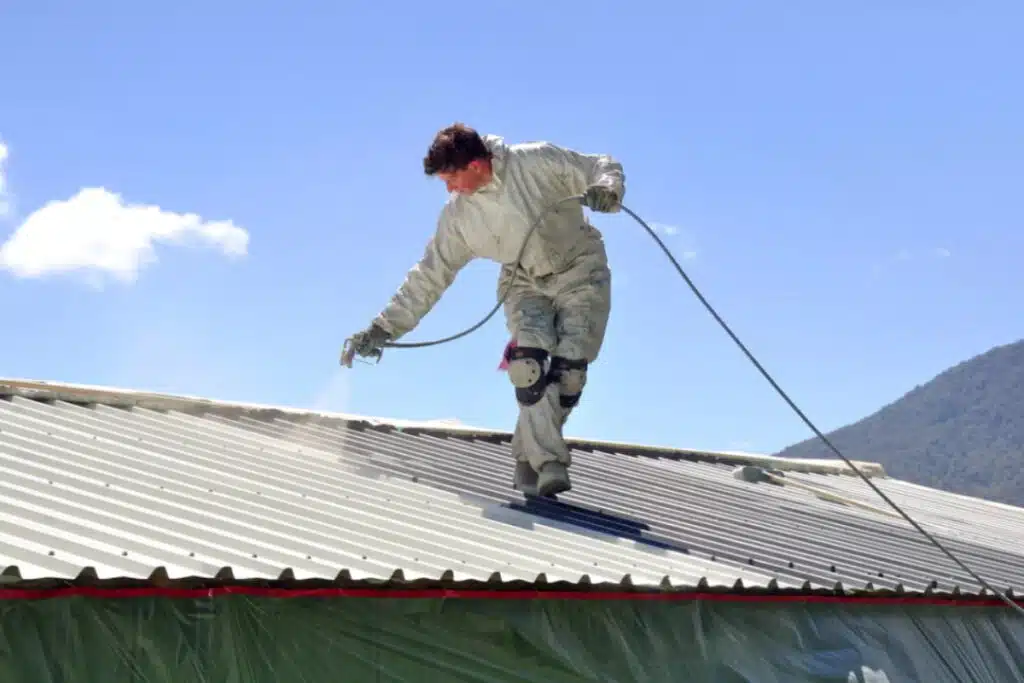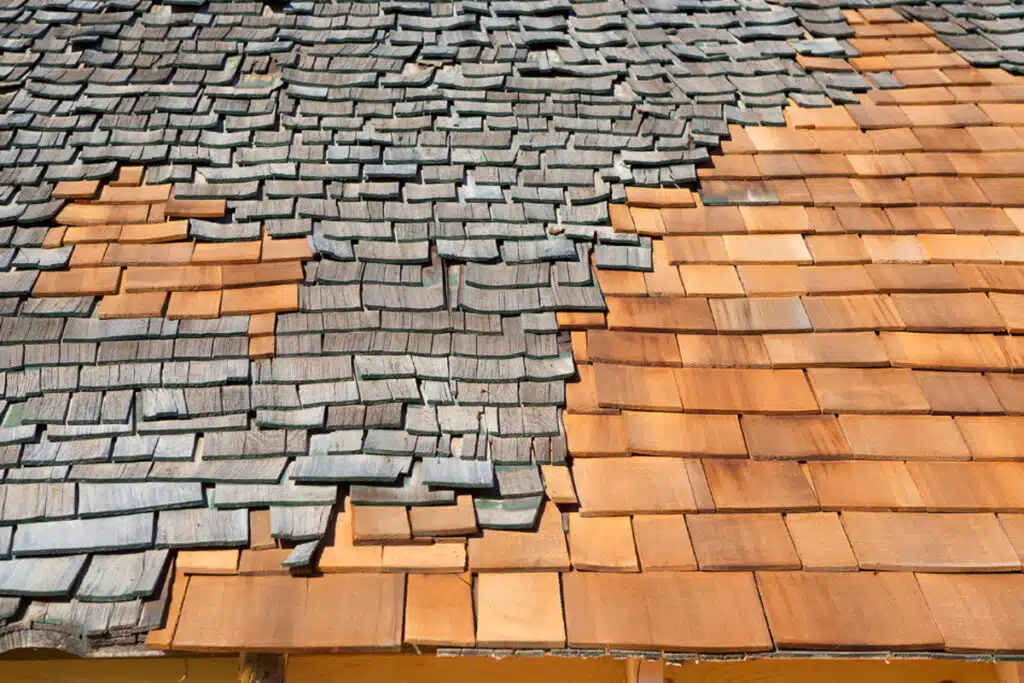Florida is known for its warm tropical climate, beautiful beaches, and abundant sunshine. However, the Sunshine State also experiences varied weather conditions, including heavy rainfall, thunderstorms, high humidity, and hurricanes. These weather patterns have a significant influence on your roof’s performance and lifespan. It is essential for Florida homeowners to understand the effects of these weather conditions on their roofs and adopt appropriate measures to ensure their roof’s longevity.
From choosing the right roofing material and regular maintenance to timely repair and inspections, there are several factors to consider to safeguard your home from damage and prolong your roof’s lifespan. At Rhino Roofing, we are committed to assisting Florida homeowners in finding the perfect roofing solution for their needs. Here, we’ll explore the impact of Florida’s distinctive weather conditions on various types of roofs and offer expert advice on safeguarding your home and prolonging your roof’s lifespan.
The Effects of Sun, Rain, and Wind on Your Roof
1. Sun Damage
Florida is known for its abundant sunshine; however, prolonged exposure to the sun’s harsh ultraviolet (UV) rays can compromise your roof’s integrity. Roofs made of asphalt shingles, for instance, are susceptible to damage from the sun. Over time, the sun’s UV rays can cause the shingles to become brittle and warped, losing their protective granules and water-resistant properties. To minimize sun damage, consider selecting roofing materials with a higher UV resistance or applying a UV-absorbing coating to your existing roof.
2. Rain and Storm Damage
Florida’s rainy season often brings heavy downpours and intense thunderstorms. These storms can lead to significant damage to both your gutters and roof. Insufficient drainage from clogged gutters can result in water pooling near your home’s foundation, potentially causing structural issues. Furthermore, extreme rainfall can expose any pre-existing vulnerabilities or leaks in your roof. Regularly cleaning your gutters and conducting a thorough inspection of your roof following a storm will help you identify and address any damage before it worsens.
3. Wind and Hurricane Damage
Florida’s location makes it particularly susceptible to hurricanes and strong winds. High-velocity winds can damage your roofing materials, rip off shingles or tiles, and loosen flashing. In addition, wind-borne debris, such as tree branches, can puncture your roof, creating leaks or dents. Professional roof inspections can help spot wind damage early, allowing for prompt repairs and prevention of further deterioration.
Choosing the Right Roofing Material for Florida’s Climate
1. Asphalt Shingle Roofing
Asphalt shingles are prevalent in Florida due to their cost-effective nature and versatility. This type of roofing material can provide your home with adequate protection from strong winds and other elements. However, asphalt shingles may not be the best choice for the long term, considering their susceptibility to sun damage and shorter lifespan compared to other materials. Asphalt shingles are also prone to algae growth, which is exacerbated by Florida’s high humidity and wet climate.
2. Metal Roofing
Metal roofing provides a durable and energy-efficient solution for Florida homeowners. Metal roofs boast a longer lifespan than asphalt shingles and generally require less maintenance. They are highly resistant to the sun’s UV rays and require minimal upkeep. Moreover, metal roofing can withstand torrential downpours and high-speed winds, offering your home significant protection during hurricane season. Although metal roofs are more expensive to install compared to asphalt shingles, they offer long-term durability and cost savings.
3. Tile Roofing
Tile roofing is a popular choice in Florida due to its resistance to the state’s unique weather conditions. Tile roofs can last for 50 years or more with proper care and installation. They are highly resistant to sun damage, wind, and rain, thanks to their heavy and sturdy construction. Tile roofing is also less prone to algae growth, enhancing its lifespan and curb appeal. While tile roofs may be pricier than other roofing materials, their durability and weather resistance make them a wise investment for many Florida homeowners.
Roof Maintenance and Inspections
1. Gutter Cleaning
Proper gutter maintenance is essential for preventing water damage and prolonging the lifespan of your roof. Regularly inspect your gutters for clogs, cracks, and damage caused by storms or inclement weather. Schedule professional gutter cleaning at least twice a year, and don’t hesitate to have your gutters cleaned more frequently if necessary.
2. Roof Inspections
Routine roof inspections are crucial for mitigating the impact of Florida’s unique weather conditions on your roof. Schedule regular inspections with a professional roofing company to assess the condition of your roof and identify any potential concerns. These inspections will help you catch and repair small problems before they escalate into costly damage.
Conclusion
Understanding the impact of Florida’s unique weather conditions on your roof is essential for making informed decisions about proper maintenance, material selection, and replacement. By taking the time to learn about the effects of sun, rain, and wind on different roofing materials and investing in regular inspections, you can prolong the lifespan of your roof and safeguard your home.
If you’re concerned about the impact Florida’s weather has on your roof, don’t hesitate to reach out to Rhino Roofing. Our expert team can provide professional roof inspection services, maintenance, and guidance on choosing the ideal roofing solution for your Florida home. Contact us today to ensure your roof is well-equipped to handle the Sunshine State’s unique weather challenges.




